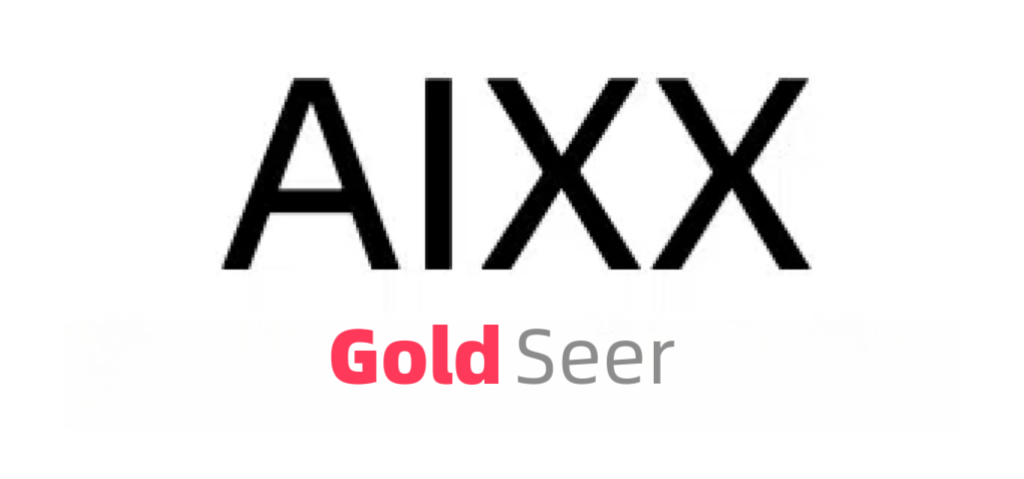Everton's Summer Rebuild: Key Lessons and Strategic Moves for a Brighter Future
Explore Everton's crucial summer rebuild under David Moyes, focusing on strategic transfers and lessons from past financial missteps.




Everton's Summer Rebuild: Key Lessons and Strategic Moves for a Brighter Future
On 11 January, David Moyes was appointed Everton manager for a second spell following the sacking of Sean Dyche, with the club one point above the relegation zone. They ended the campaign in 13th place, 23 points clear of the bottom three.
Financial Lessons and Transfer Strategy
After recent years of points deductions and relegation battles, there is hope that the return of Moyes, new owners, and the move to a new 52,888-seater stadium can lead to a brighter future for the Toffees. With the feeling of a fresh new start across all aspects of the club, BBC Sport looks at the lessons that must be learned this summer as they prepare to begin life at Bramley-Moore Dock.
Everton are currently navigating their first summer transfer window under the ownership of the Friedkin Group, who bought the club for in excess of £400m in December. Football finance expert Kieran Maguire estimates that Everton will have between £50m-100m to spend in this summer transfer window – a dramatic increase in contrast to the past four seasons when the club has essentially spent nothing, totalling £85.5m of profit from player trading.
Such frugality has been a consequence of reckless financial planning that led to Profit and Sustainability Regulation (PSR) breaches, two points deductions, and narrow escapes from relegation. Everton must now learn from past mistakes in terms of getting value for money.
Past Transfer Failures
The near nine-year ownership of Farhad Moshiri, who bought a majority shareholding in 2016, was marred by a scattergun transfer policy and merry-go-round of seven permanent managers which saw Everton splurge money on inflated fees and huge contracts. Abdoulaye Doucoure's decision to reject a new deal in May means that eight players signed for at least £20m during Moshiri's reign have now left for nothing, effectively writing off £188m in transfer fees. Should out-of-contract defender Michael Keane, signed from Burnley for an initial £25m in 2017, also depart this summer, that figure will climb well past £200m.
Former Everton midfielder Leon Osman believes it's something that "must improve" going forward. "It's not ideal when you're paying for a player and getting no return," he said. "It's been a difficult 10 years with regards to bringing players in and moving them on for a profit, but that's an awful lot of money to spend on players to see them walk away."
New Signings and Squad Overhaul
There have been transfer successes since the more chaotic days of Moshiri's ownership. Jake O'Brien and Iliman Ndiaye, both signed last summer for initial fees of under £17m, have been prudent investments – although both purchases had to be funded by the £50m sale of Belgium international Amadou Onana to Aston Villa.
Everton's ability to recruit effectively, and Moyes' savviness in the transfer market, will be tested by the necessity to overhaul an entire squad, with 12 players, including 10 from the first team, out of contract this summer. Captain Seamus Coleman and midfielder Idrissa Gueye are in negotiations to extend their current deals, although striker Dominic Calvert-Lewin could yet leave the club, along with Keane.
Future Prospects and Leadership
Patience may be required for any rebuild as the Friedkin Group continues to navigate the implications of PSR. The club's most recent accounts for 2023-24 show a loss of £53.2m, a reduction of £36m on the previous year, while revenue rose by 9% to £187m – an encouraging picture although one that means that money must still be spent wisely.
Osman, who was given his Everton debut by Moyes in 2003, believes that Everton must retain key players such as Jarrad Branthwaite, James Tarkowski, and Jordan Pickford, while recruiting more leaders to bolster a rapidly thinning squad.
"A Moyes dressing room is hard, demanding," he said. "Having spoke to a couple of the squad, they love the clarity and what he's asking of them. A manager has to ask for that level and he always did that when I played for him. You also look at O'Brien, who has excelled at right-back when people thought he couldn't do it. We need to make sure these people stay on the pitch."
The failed pursuit of new Chelsea striker Liam Delap, who was spoken to by Moyes, shows that centre-forward - and more goals in the team - is a priority, along with a right-back, right-winger, and central midfielder. Departures, though, mean that recruitment is needed in almost every position to provide squad depth.
Conclusion
Everton have taken steps to streamline their process, moving away from a director-of-football model following the departure of Kevin Thelwell to a sports leadership team headed by new chief executive Angus Kinnear. He has said that Everton will utilise experts in data and analytics, football operations, recruitment, talent ID, and player trading as part of the club's evolving approach.
Osman has backed the new structure to succeed and added: "It's time to get behind the new hierarchy and I expect they would lean into Moyes' experience as much as they can. I trust David Moyes more than anyone."































